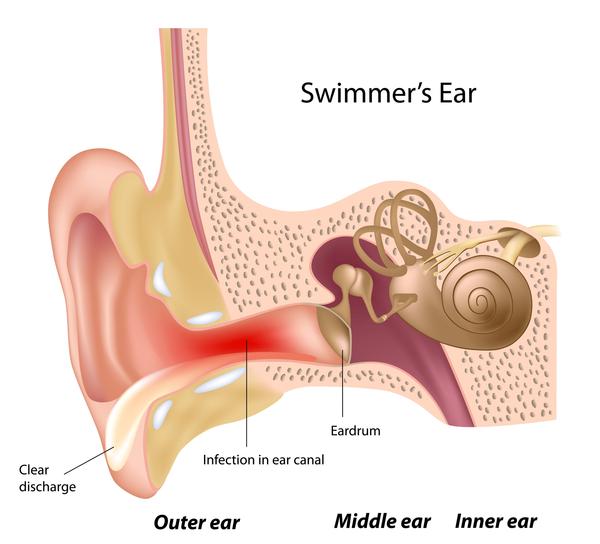Ear Discharge
The ear is actually composed of three parts – the external ear, the middle ear, and the inner ear. When a disease strikes external ear or middle ear, it usually shows up with ear discharge. These diseases can be simple or complicated. Some common ear conditions leading to ear discharge can be otitis externa and otomycosis for the outer ear, and acute otitis media and safe/unsafe types of chronic otitis media for the middle ear. A complicated outer ear condition causing discharge could be malignant otitis externa.
How can ear infections be prevented?
The following practices may reduce the risk of ear infection:
- washing your hands often
- avoiding overly crowded areas
- forgoing pacifiers with infants and small children
- breast-feeding infants
- avoiding secondhand smoke
- keeping immunizations up-to-date
What is the cause of ear infection?
Otitis media with effusion is inflammation and fluid buildup (effusion) in the middle ear without bacterial or viral infection. This may occur because the fluid buildup persists after an ear infection has resolved. It may also occur because of some dysfunction or noninfectious blockage of the eustachian tubes
Ear infections occur when one of your Eustachian tubes becomes swollen or blocked and fluid builds up in your middle ear. Eustachian tubes are small tubes that run from each ear directly to the back of the throat.


